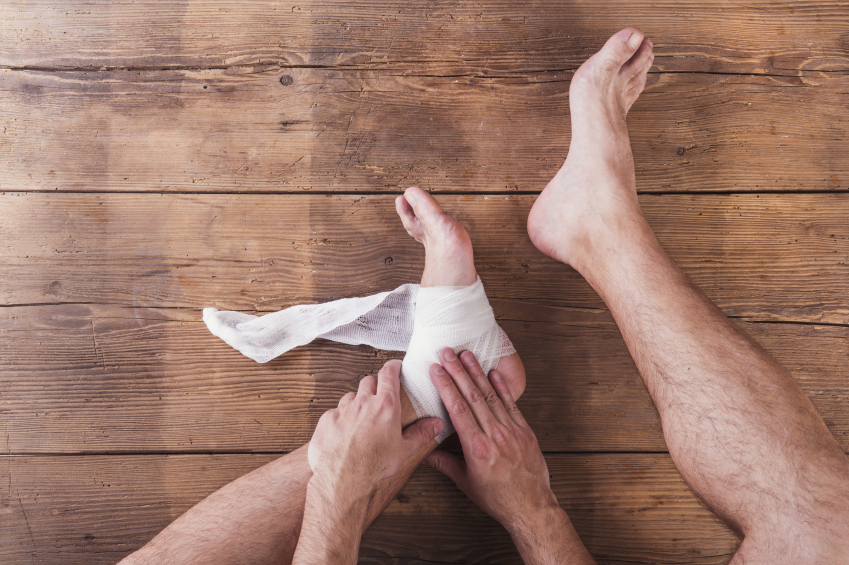People who resolved to get in shape in 2016 have a few months of workouts under their belts by now. And some may have aches and pains under their belts, or in their calves, thighs or shoulders as well.
Overuse injuries “are the most common injuries we see among the older population,” said Dr. Tyler Browning, a primary care sports medicine provider for St. Elizabeth Healthcare.
It’s not uncommon around this time of year, when many try to trade their seat on the couch for one on a recumbent bike, or maybe a stack of pancakes for a stack of weights.
“There’s really two sides we see to overuse injuries,” Browning said. “There’s overuse from trying to do too much too fast, where you’ve been pretty sedentary and now you’re going from the couch to trying to do a marathon.
“And you have those who are in good shape who are increasing intensity of their workouts and sometimes try to do too much, where you see some of the sprains and strains.”
Some tips to avoid Browning’s waiting room:
- STRETCH: We all know we’re supposed to stretch before exercise, but how many of us really take the time to do it properly? It’s time well spent, Browning said. “You definitely want to stretch,” he said. “Warming up is critical.”
- START SLOW, THEN GROW: Implement workouts that are low in intensity and short in duration when you’re starting out or returning to exercise after a prolonged absence. “It’s fairly logical,” he said. When you’re ready to do more, increase the duration of your workout before the intensity. “That builds more endurance, with less acute strains,” he said.
- LISTEN TO YOUR DOCTOR: “There’s that catch-all phrase you hear, make sure you clear it with your doctor before beginning any exercise program,” Browning said. “There’s a reason for that.” You need to be sure that not only is your body ready to take on the rigors of exercise, but that any medications you take won’t compromise what you’re trying to do. For just one example, if you take beta blockers because you’ve had a heart attack or arrhythmia, that will slow your heart rate and must be accounted for in determining your workload. “It’s always a good idea to have a good understanding of your overall health before you begin,” Browning said.
- LISTEN TO YOUR BODY: Some muscle soreness is common after exercise, particularly among people who aren’t used to it. But you should recognize the difference between routine soreness, which dissipates in a day or two, and pain, which is more indicative of injury. “How far is too far? Pain is your guide,” Browning said. “Soreness is something you can work through. Pain is different. With pain, you wait until it has improved before you consider restarting workouts.”

